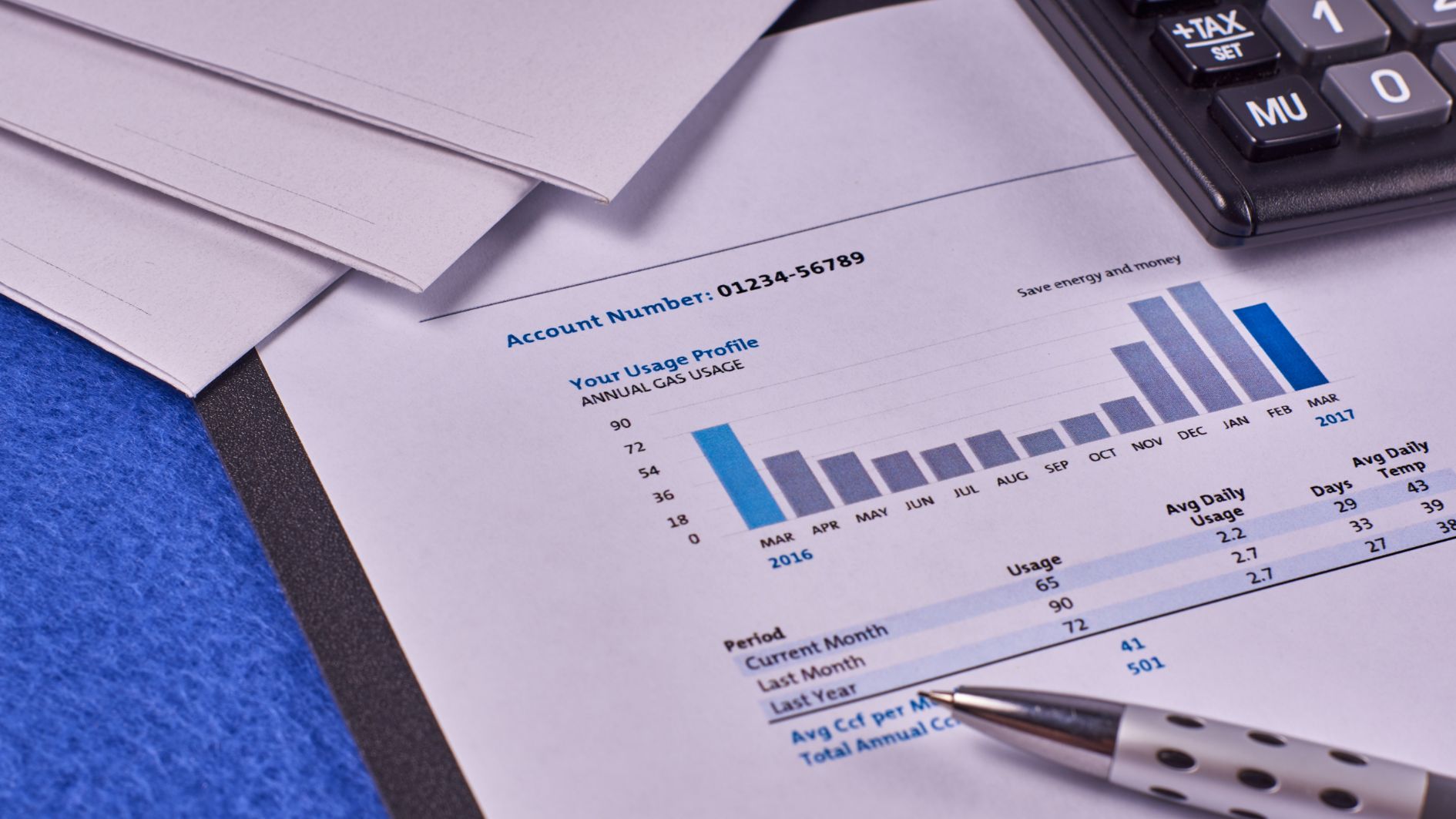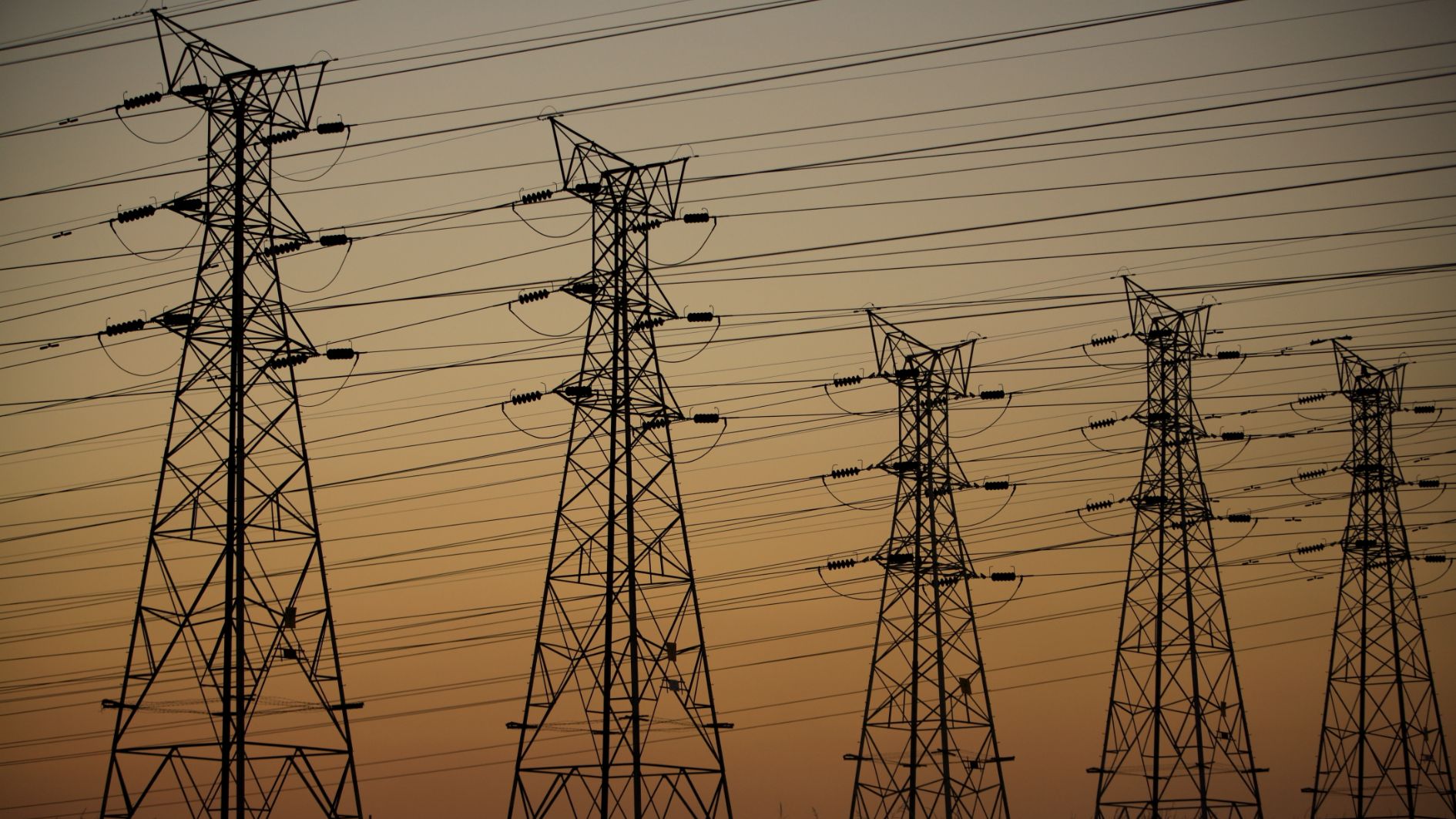Tags: Electricity consumption
What are the Cheapest Hours for Electricity Usage?
If you choose a Time-of-Use (TOU) plan, you’ll benefit from lower electricity rates during off-peak hours (typically at night), but you’ll also face higher rates during periods of high electricity…
Tips for Managing Community Solar Billing
By following these tips, you can ensure that you maximize the financial benefits of your community solar subscription and maintain clarity and control over your energy costs.
Simplified Steps to Read and Interpret Your Electric Bill
Understanding your billing plan helps you manage your electricity expenses more effectively, whether you prefer the predictability of budget billing or the directness of monthly usage billing.
How to Calculate the Electricity Usage of Your Treadmill
Running a treadmill for 3 hours a week will consume approximately 101.4 kilowatt-hours of electricity annually.
How to Calculate the Electricity Usage of Your Electric Car Charger
By understanding your car’s efficiency, driving habits, and local electricity rates, you can estimate how much electricity your electric vehicle consumes and how much it costs to operate.
How to Calculate the Electricity Usage of Your Hair Dryer
Using a hair dryer for just 10 minutes a day will consume approximately 9.13 kilowatt-hours of electricity each month and around 109.5 kilowatt-hours annually.
How to Calculate the Electricity Usage of Your WiFi Router
On average, Wi-Fi routers consume between 5 and 20 watts of electricity, depending on the specific model.
The Importance and Basics of Electricity
Electricity is a multifaceted phenomenon, spanning from the massive power plants driving our urban centers to the minute synapses in our brains facilitating cognition and movement.
How to Calculate the Electricity Usage of a Light Bulb
Incandescent light bulbs typically use around 60 watts of electricity, while LED light bulbs use about 10 watts.
How to Calculate the Electricity Usage of Your TV
Typically, TVs use between 50 and 300 watts of electricity, though this varies depending on the model.
Need help choosing a solution for you?
Just create an application, and we’ll help with the selection.











